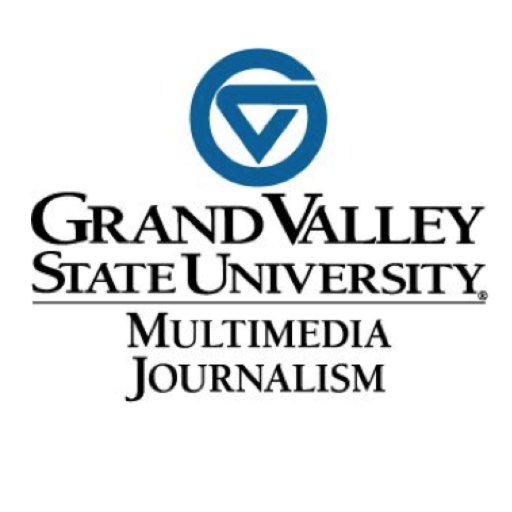Journalism professors share thoughts on adapting online

Courtesy | GVSU
Mar 28, 2020
With the announcement that classes will remain online through April 25, Multimedia Journalism (CMJ) professors have adjusted their curriculum for COVID-19 precautions.
CMJ Professor Jeff Kelly Lowenstein said he teaches Advanced Reporting Techniques and Investigative Reporting. Both classes are important in teaching students to conduct independent analysis on issues beyond a breaking news story, so they can contribute new information to public understanding.
Lowenstein structures his 75-minute classes with several activities to keep students engaged while meeting different learning styles. For instance, he introduces a skill with examples for students to look at. The class subsequently practices the skill, and students gather to discuss how the exercise went. Students eventually apply what they learn to stories they choose.
Lowenstein said he appreciates being in-person for class because it this allows him to receive feedback on how students are doing and how much they are understanding. It is not completely different to interact with students online. Professors can still ask students to comment. Nonetheless, Lowenstein mentioned some aspect is lost in online classes.
“We’re still engaging,” Lowenstein said. “But you lose a little bit of that immediate feedback from being in the room.”
Similarly, CMJ Professor Eric Harvey said he likes having an active classroom. He enjoys mixing lectures with questions and answers in classes such as Multimedia Journalism Workshop and Multimedia Reporting.
Rather than host live classes online for synchronous teaching, Harvey said his approach is more asynchronous. He meets with smaller groups of students via Collaborate Ultra on Blackboard. Here, Harvey checks on updates for their projects. Furthermore, he teaches the groups the basics for completing certain assignments.
CMJ classes allow students to check out equipment from Production Support Resources (PSR) for media projects, yet Harvey said PSR is closed along with the rest of campus. Although, he mentioned not running into issues with accessing equipment, but some students were concerned about returning things to PSR.
In addition, Harvey sent a poll, asking students what technology they have. He said his students seemed to have enough basic equipment for online classes, including computers.
Harvey said his students have access to the Adobe suite of applications, ranging from Audition to Premiere. Students are also using their phones or laptops for recording video and audio. For instance, Zoom has a conference call feature for doing podcasts.
For his classes, Lowenstein said he offered students the option to shift toward covering COVID-19. He explained journalists sometimes change gears to cover the biggest story; it is also a recognition how carrying out the previous story would be difficult and sometimes impossible.
Regarding story angles, Lowenstein said some students are interested in what COVID-19 means for students who work jobs to pay bills and eat. The precautions toward the virus has left many student employees out of work.
Another story angle is church attendance. Lowenstein mentioned a student utilizes FaceTime with his girlfriend to experience church services, despite not physically being there. Other students want to look at people not taking COVID-19 precautions seriously.
Harvey has also offered students a similar option for shifting stories to covering the impacts of the virus. He said “unprecedented” is one word for describing recent events.
“We haven’t seen this level of social, professional or occupational reorganization,” Harvey said.
Lowenstein mentioned being sad from reading the winter semester will be completed online, so he will not be in the same room with students. Nonetheless, Lowenstein said he thinks students will learn they can make it through such an unprecedented time. His reasoning is that GVSU students are well-equipped to handle this challenge. Many students spend plenty of time online.























